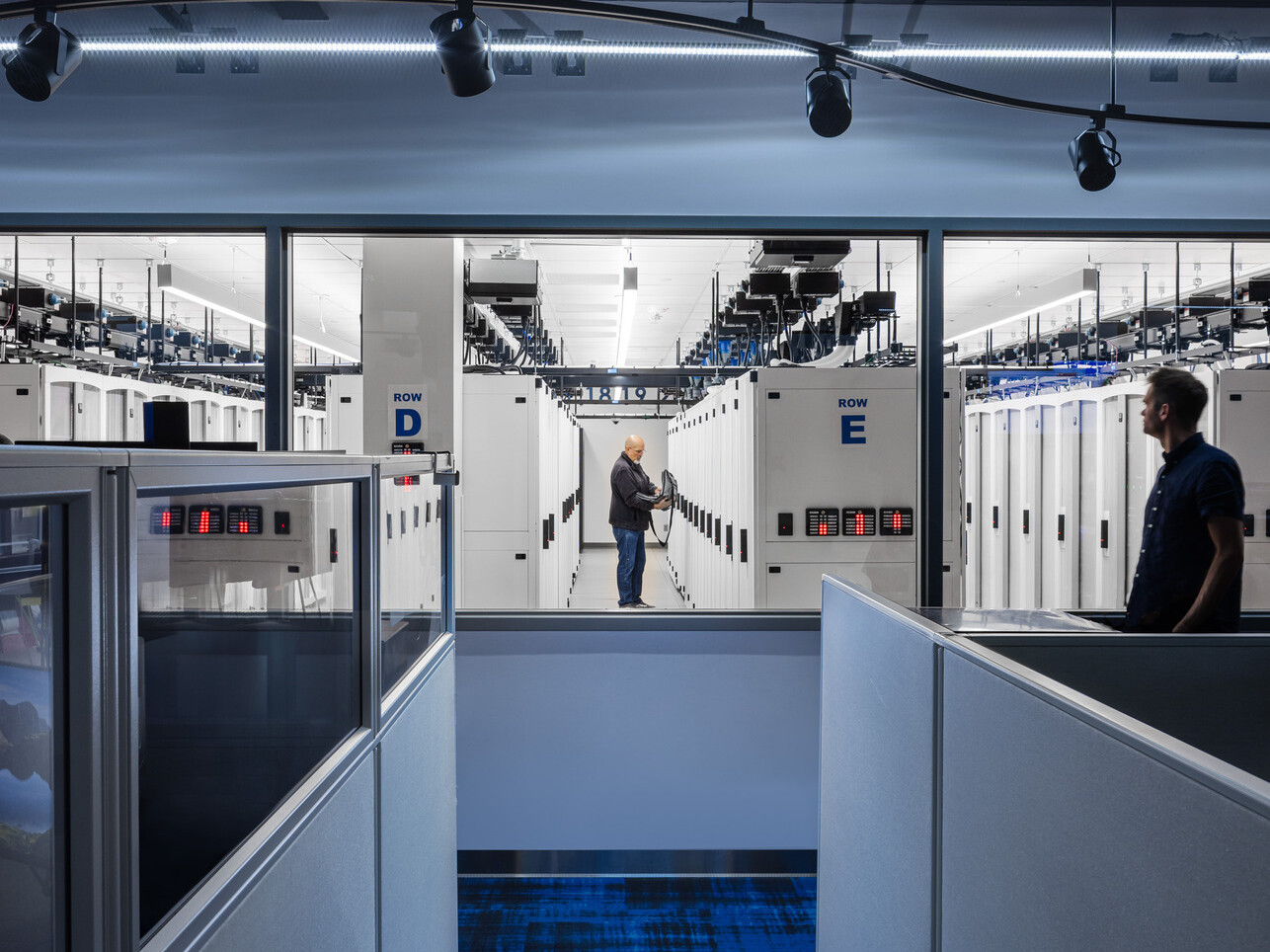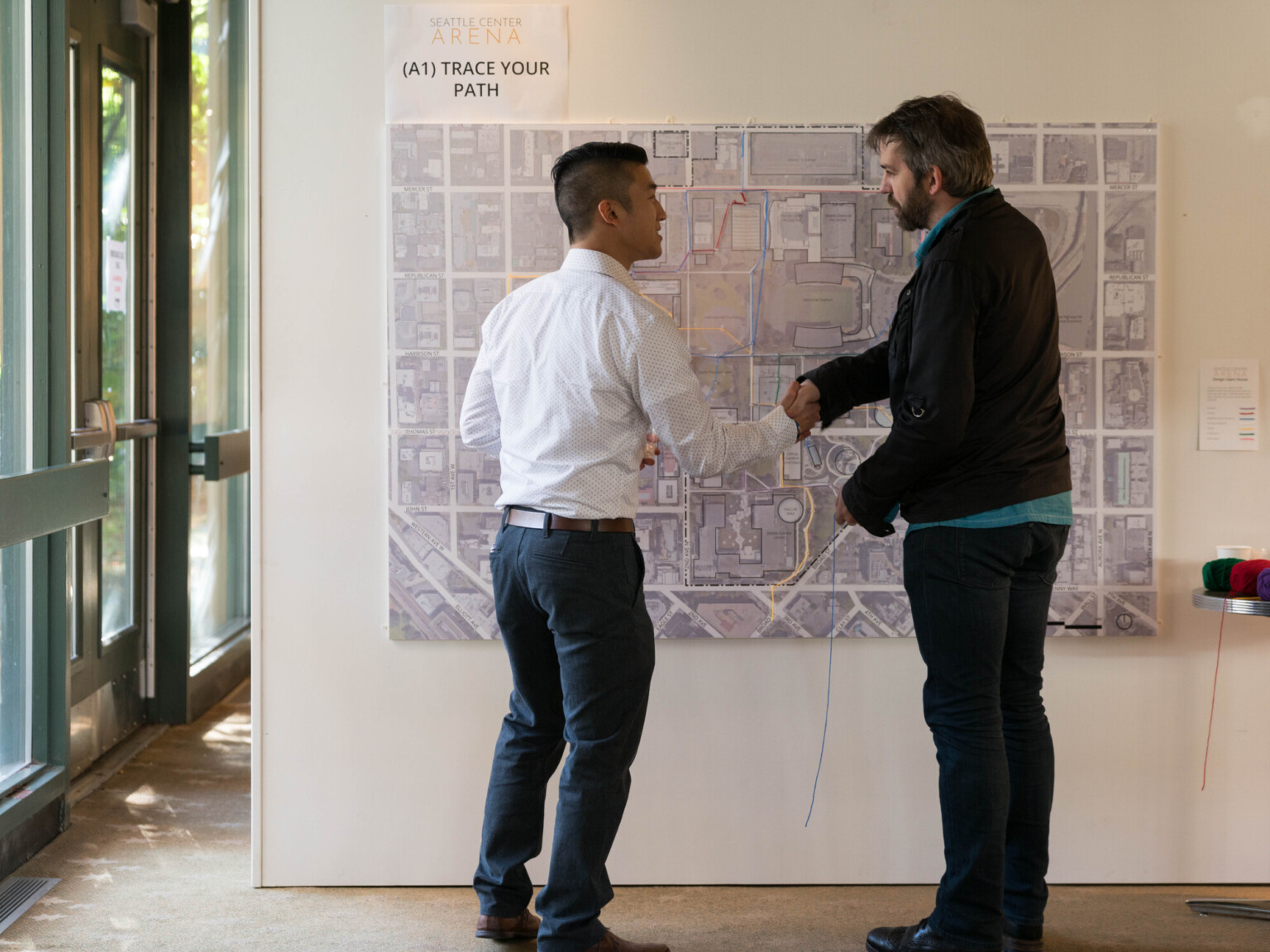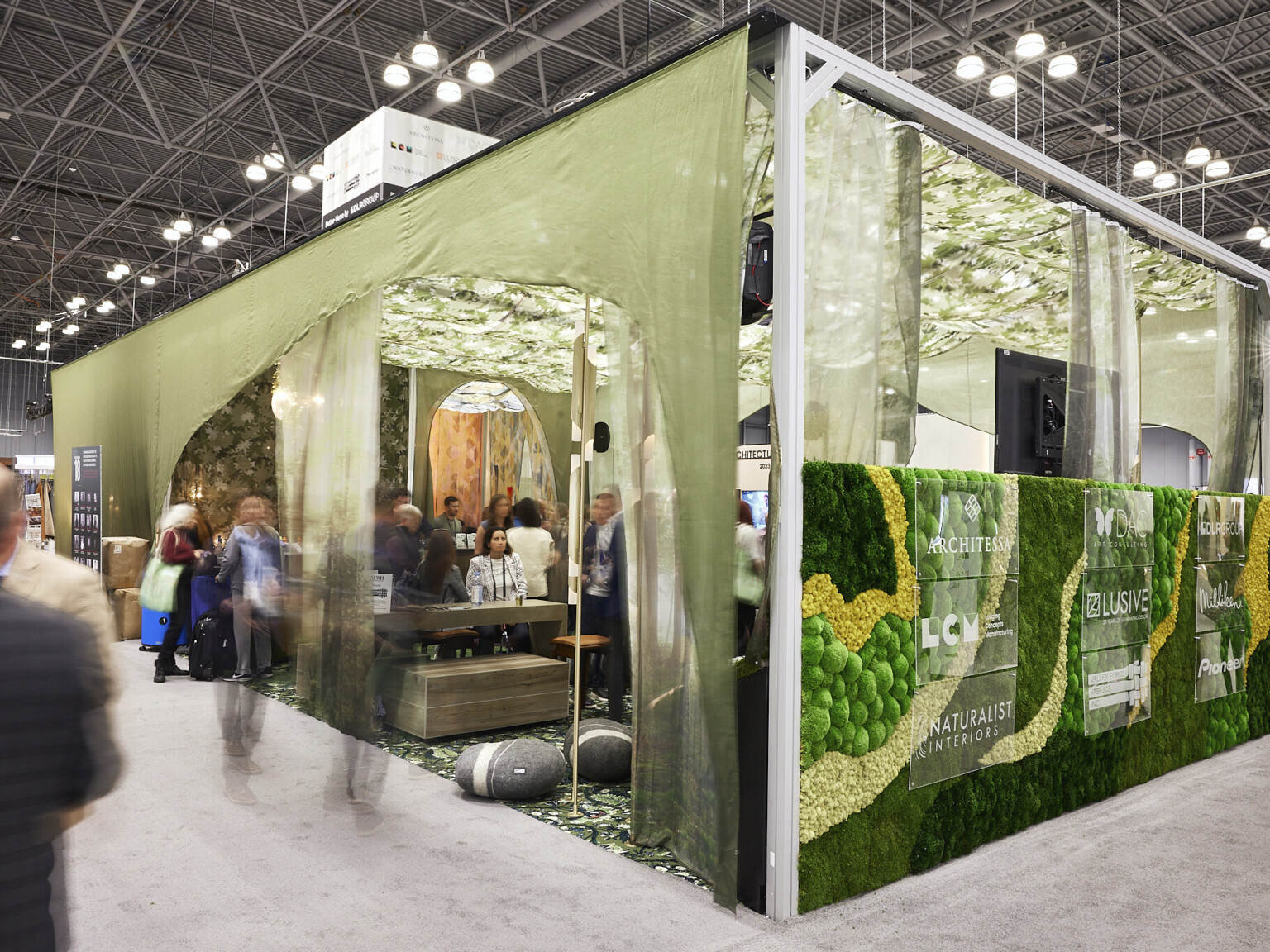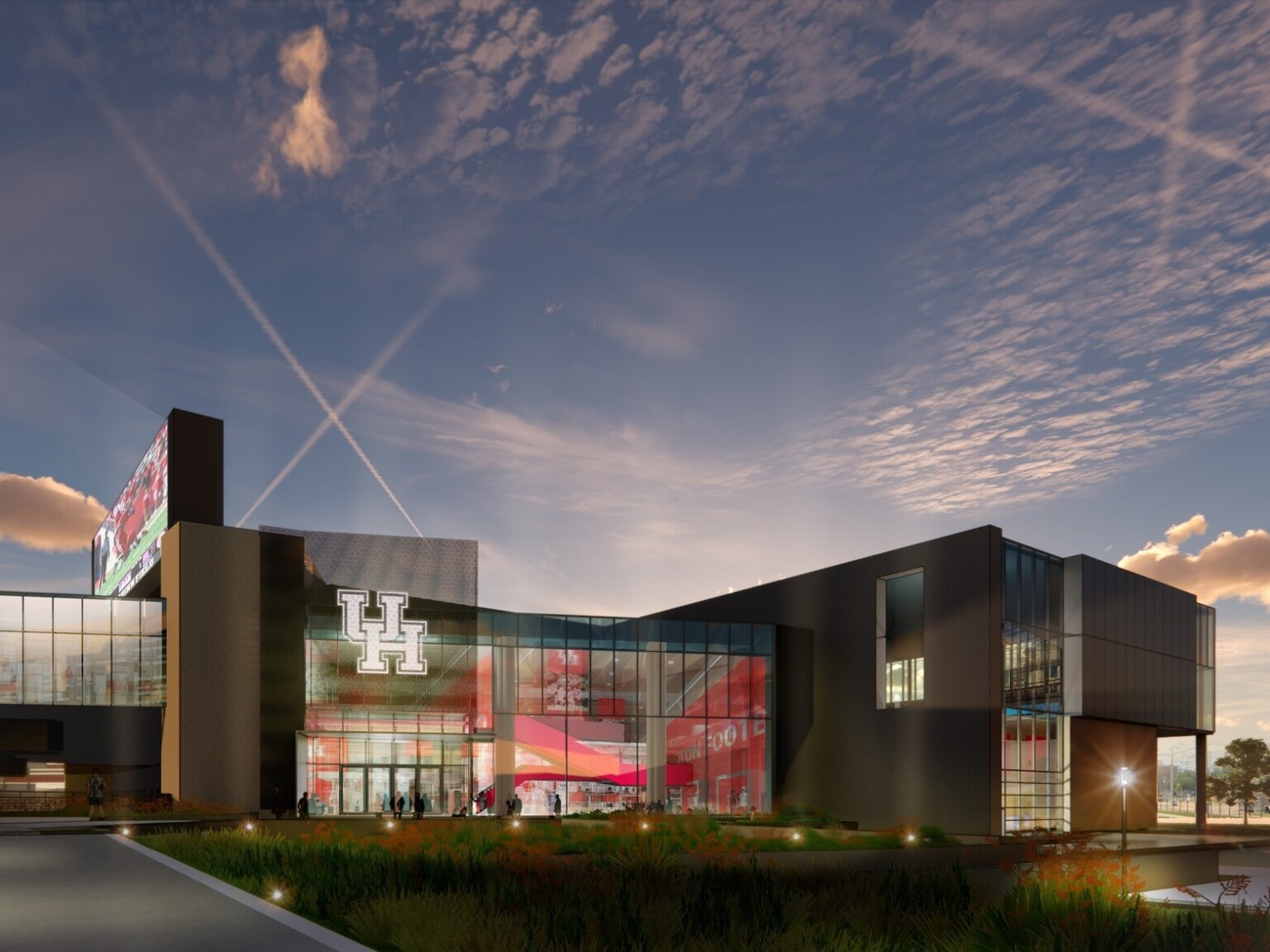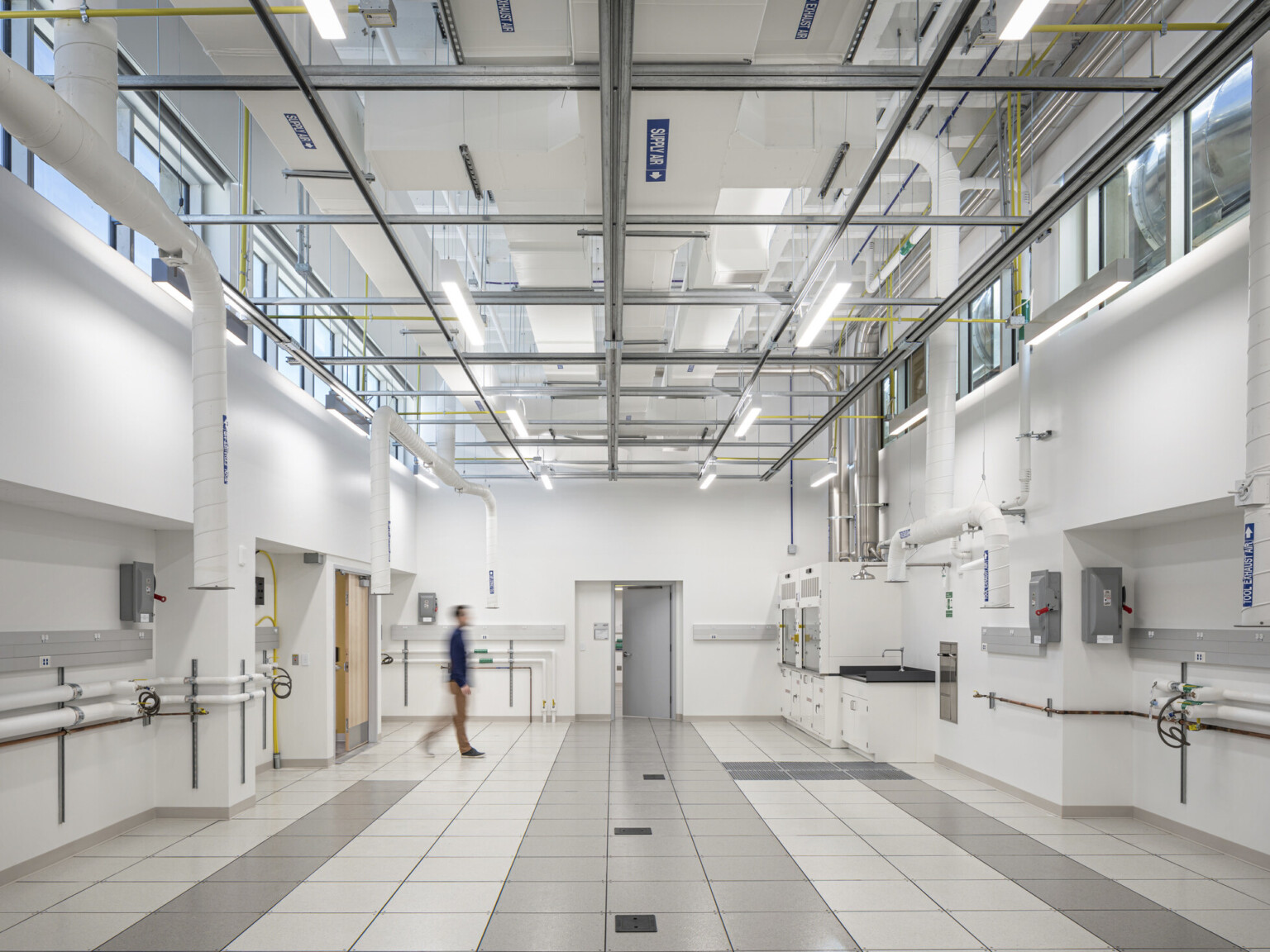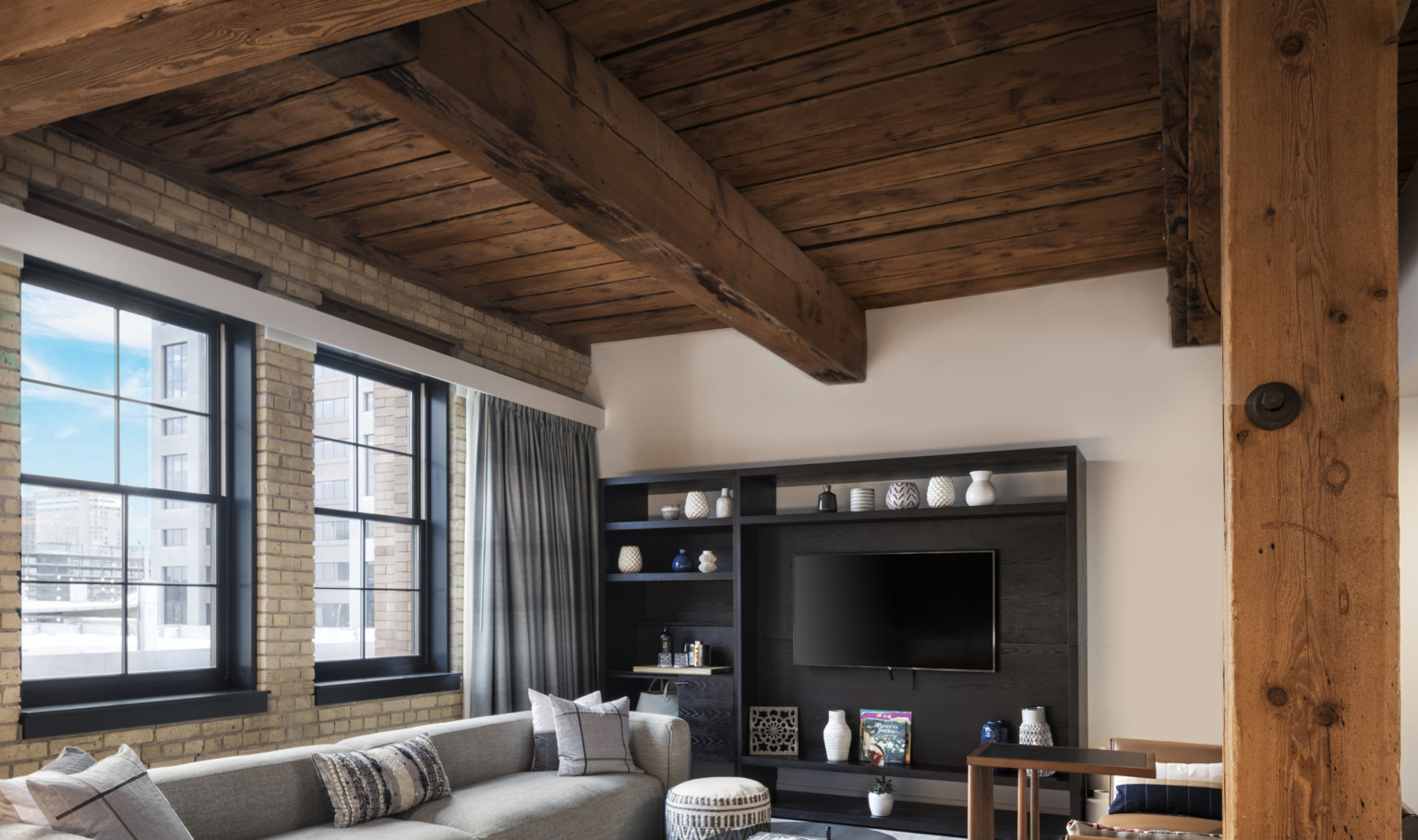
Materiality and Hospitality: Researching Mass Timber Design for Hotels

Our designers and researchers have dedicated time and energy to becoming experts on mass timber as a building material, with a series of successful office designs. Notably, our T3 projects – an office asset class from developer Hines, standing for ‘timber, transit, technology.’ This success with mass timber office design emboldened us to reach further and take a next step in working towards our goal of improving climate and communities for all. That meant asking a simple question:
Opening Sustainable Opportunities to New Markets
When aiming for change, there are two equally valid paths to take: the one of least resistance and enjoy the feeling of success and momentum that comes with an easy win, or aim for the highest peak, so that what comes after feels like an easy downhill glide. In this case, we chose to aim high and tackle a market where many new buildings are projected to be constructed – few to none of them out of mass timber. That market is hospitality.
New hotels are being built every year, around the world. As travel restrictions lift, our clients are seeing rising demand for new kinds of hotels and new destinations that fit with guests’ redefined priorities around wellness and family. This demand means new design opportunities to open the conversation about lowering the carbon impact of new hotels.
Starting this conversation with hotel owners and developers, however, was no small chat. The industry has important standards on requirements like acoustic separation and high traffic durability. With a critical eye on value, trying out a new material or system means adding an element of risk. A few developers dipped their toes in using mass timber as a structural system but were covering up those systems with drywall. Our goal in this research is to use mass timber as a visual asset, exposing all the systems and sharing the inherent beauty of the material.
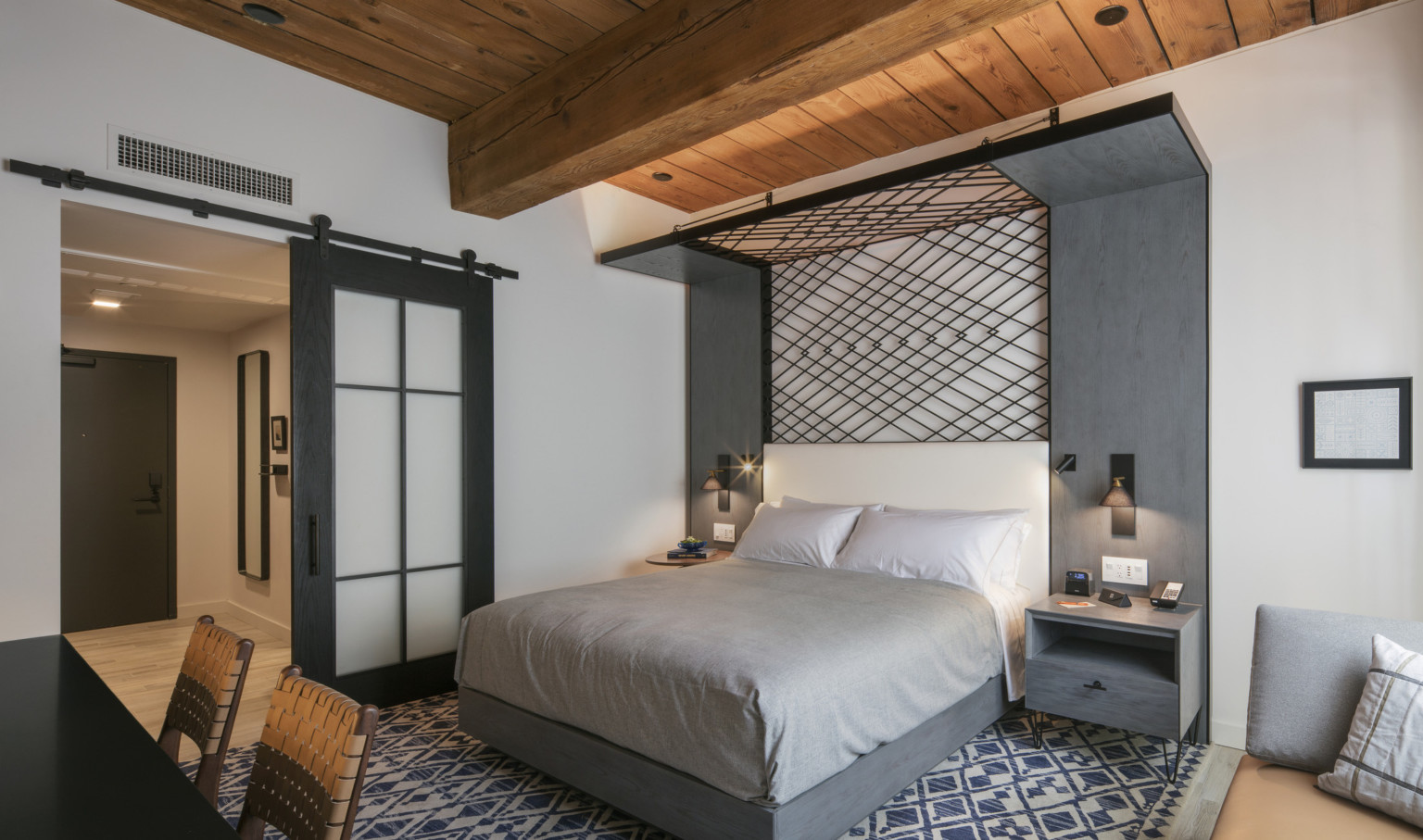
Our extensive experience working in the hospitality market provided us the opportunity to engage trusted partners at Marriott Hotels and Friedman Properties to gain a more robust understanding of what owners and developers need to feel confident about exploring mass timber. Once we opened that door, it became clear: the industry needs more research around mass timber design.
The Wood Innovations Grant
Our integrated R&D team exists to identify ways to study and develop our own innovative ideas, to move them into market. From our conversations with our hospitality partners, we knew we needed robust design research on key hospitality issues of acoustic performance, time to construction, wellness, and safety in a timber hotel. Our R&D team connected with Assistant Professor Jacob Mans – an architect and researcher with a specific focus on timber as socio-technical system and building material – and UMN graduate student Brittany Lindsay through the Consortium for Research Practices to study these issues. We also brought in a team from SmartLam to provide expertise on engineered wood products so our work would be focused on tangible, constructable outcomes. Together, we applied for a Wood Innovations Grant from the USDA/US Forest Service.
We were thrilled to be awarded that grant, as partners to the Regents of the University of Minnesota, in 2019 to explore the question: Given the potential of a heavy timber hotel approach, using cross laminated timber or similar products, to reduce the carbon footprint of new hotels and sequester additional carbon in the structure of a building, which barriers must be addressed to help the hospitality industry embrace this material in a way that works for their business models?
Find out more about the grant.
Collaboration to Scale Up Design Research
What is special about the Heavy Timber Hotel Wood Innovations Grant is that it supports a different, rarer relationship between industry, ownership, manufacturing, and researchers. This level of collaboration does not come along often, as the relationship between academy, industry, and clients has traditionally been one of hand-offs. The academy generates knowledge handed off to the industry, the industry applies the knowledge and hands off the results to the client through the design of the built environment. In this case, the University of Minnesota, DLR Group, and SmartLam provide a direct conduit from forestry research, through design, and into product development, offering substantial potential to affect substantial change.
Timeline
As a part of our first semester of work together, our client-collaborators from Marriott Hotels and Friedman Properties joined designers, engineers, fire protection specialists, acousticians, and researchers – as well as our SmartLam collaborators– in a two-day workshop to develop criteria for success in each of our key topic areas. Marriott Hotels brings the lens of brand and ownership, and Friedman Properties brings the perspective of a seasoned hotel developer; both lenses are key for ensuring that solutions developed by designers and manufacturers are appealing and relevant for those who make the final decision about a hotel project.
In December 2020, this network of partners gathered virtually to explore something different in the idea of a mass timber hotel than any one of us would on our own. By stepping out of our own contexts and into someone else’s, we step out of our expertise and into the possibility of learning something new. In this case, working directly with a brand and a developer helped the team realize that key assumptions about the location, look, and feel of a timber hotel weren’t as restrictive as we believed. A timber hotel is just as appealing in a rural and woodsy setting as it is in an urban creative arts district; this workshop also showed us just how excited our key partners are to adopt this new material.
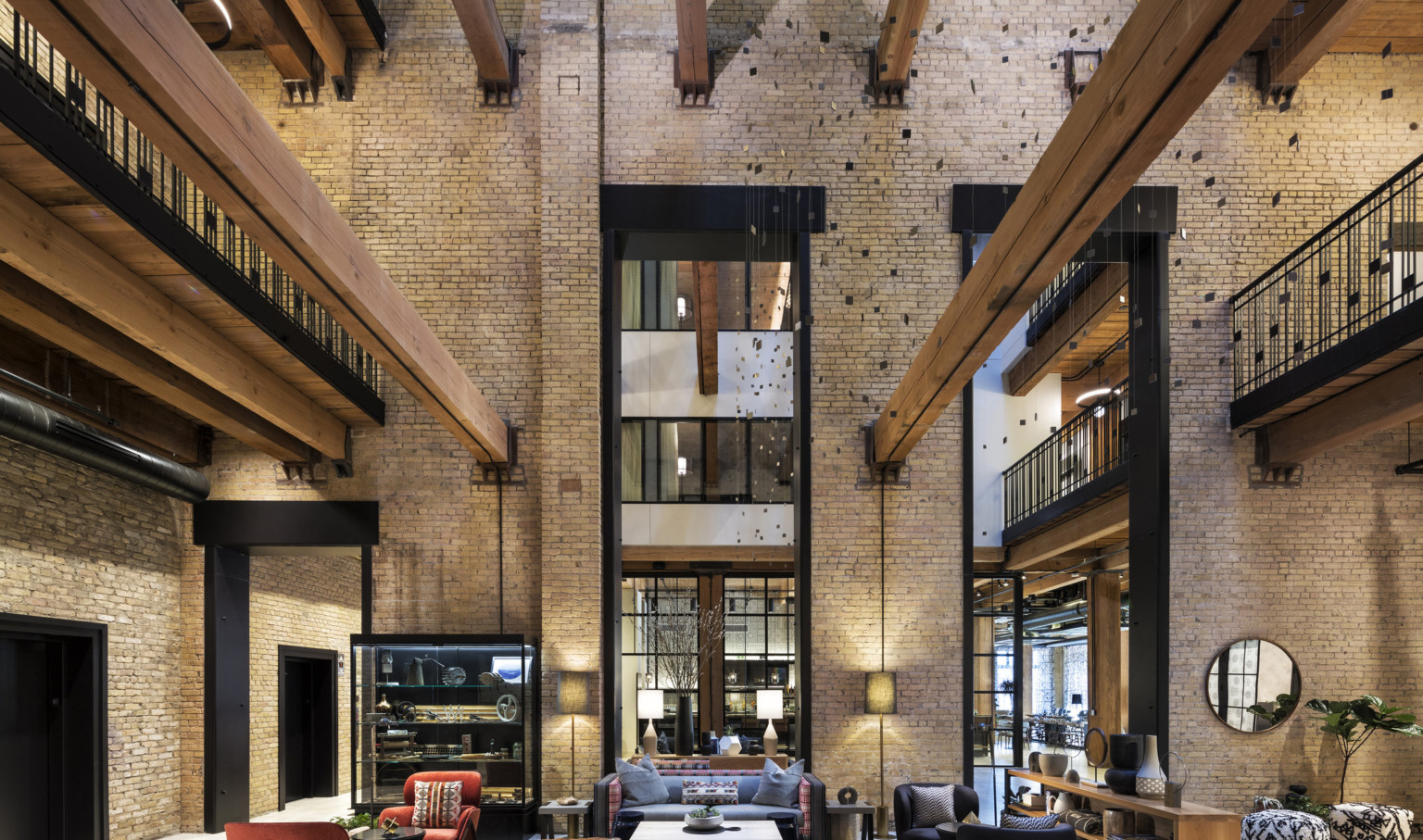
Designing for Research
A key outcome of the 2.5-year Heavy Timber Hotel Wood Innovations Grant work is to create a full-scale room prototype at the University of Minnesota. The prototype will be used to vet assumptions about structure, configuration, integration, and specialty treatments or prefabricated components. Another key use of the prototype room will be to engage with stakeholders around aesthetics, biophilic design components, potential material or furniture selection, and overall reaction to the look and feel of the room.
The first big success from the project was the amount of insight gained from the first Collaboratory session. Some were expected: concerns about the durability of exposed wood within the guestroom. Others were not: the balance of exposed wood in a guestroom changes the options for the furniture and other elements in the space to stay “on brand” for a particular hotel. Hotels frequently use a lot of veneers and wood-look products that are great when used with similar elements but might lack authenticity next to the real thing.
CLT hotels we had seen constructed to-date were at most 4 stories tall. After analysis of the various structural options that were considered during the Collaboratory we eventually took a unique structural approach that would allow us site flexibility, while also meeting our aesthetic goals. Our preferred structural approach not only reduced the total amount of wood fiber needed per floor, but also did not require additional structure at the ground floor to maintain an open lobby floorplan for the public and amenity spaces.
Now that we have worked through many of our technical concerns, we will be diving into the equally important concern of how heavy timber will affect the design story for the hotel. During the Collaboratory we discussed whether a timber hotel would be best suited as a specialty brand with a wellness emphasis, a trendy boutique, or general hotel in Anywhere, USA. As we complete our schematic design for the building and the full-scale room prototype, we will reconvene with our expert team once again to review our progress and gain additional feedback on the work completed to date.
Ongoing Research for Collaborative Outcomes
As our teammate and UMN Associate Professor Jacob Mans, emphasized, what comes out of this shared experience is more than the prototype: it’s an opportunity for innovation and a deeper understanding of the things that we already knew coming into the experience. “It models a way of asking questions based on recognizing when and where one’s expertise stops. Most importantly, it demonstrates how people, with very different backgrounds and goals, can come together in search for new ideas rather than simply reinforcing one’s ego by trying to convert another’s ideas to our own.”

